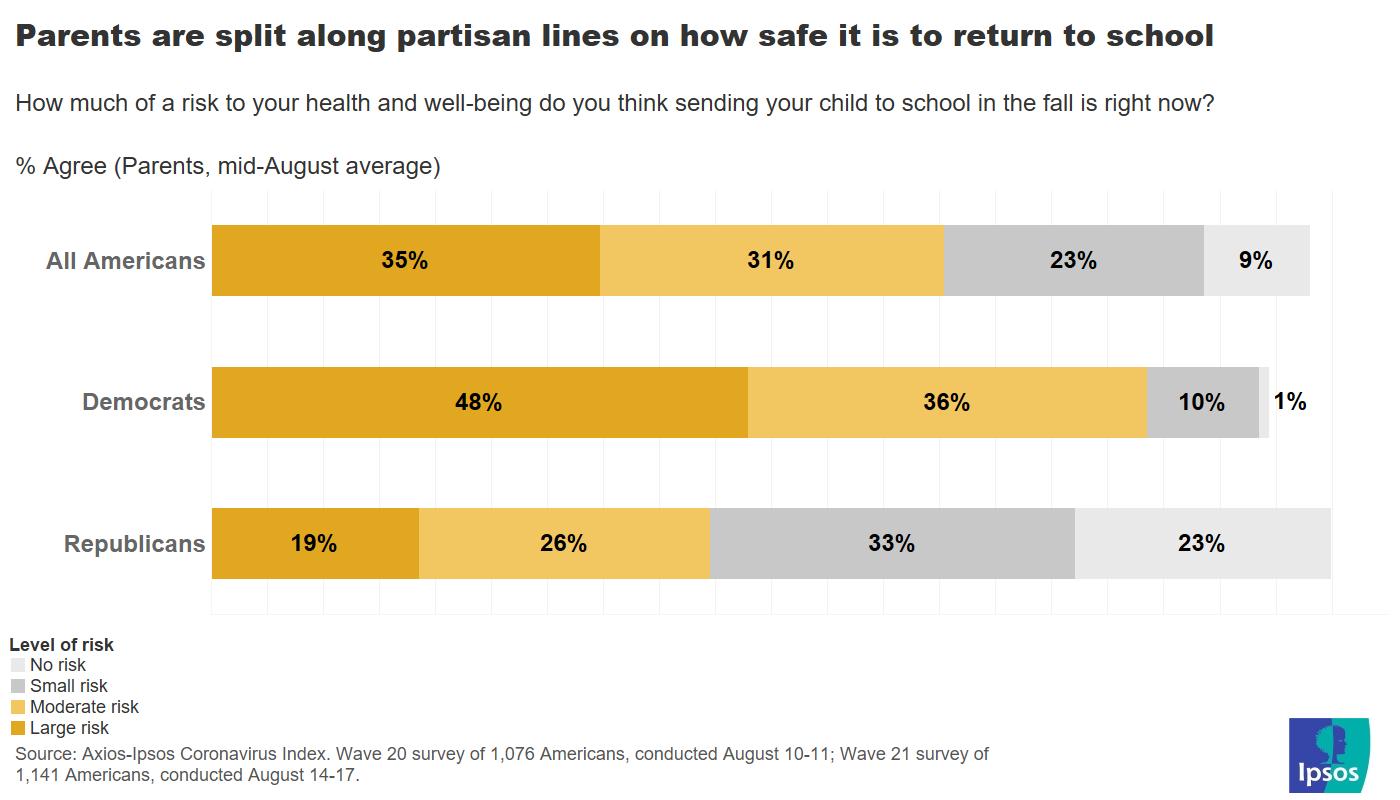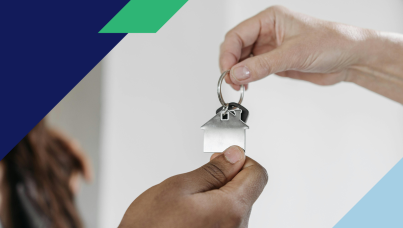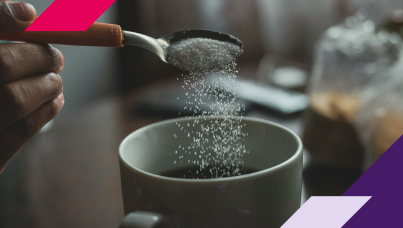Schools during coronavirus are caught between a rock and a hard place
What you need to know:
- Back to school plans are in flux, with many institutions shifting to virtual instruction as the coronavirus continues its community spread across the United States.
- The back to school question is politicized – much like mask use or the virus itself – with Republicans seeing less inherent risk in sending kids back to school in the fall.
- A majority of parents and teachers oppose reopening schools fully. Parents are concerned about the limitations of virtual learning, and a plurality would prefer to see a mix of in-person and virtual instruction.
- Teachers feel more prepared to tackle online education this fall, though most feel they have not been able to do their jobs properly since schools went remote.
- Families are creating pods to bolster learning outcomes and manage childcare. Many say that these groups, which are trending white and affluent online, may further exacerbate pandemic-driven inequality.
Deep dive:
Back-to-school is upon us. Some schools are already opened up again across the country, with masked students crowding hallways and classrooms. But with the end of summer break in sight, many schools have since reevaluated their reopening plans, switched course, and will now offer remote learning or hybrid instruction instead, in light of the ongoing threat of the coronavirus.
During the early summer lull in new coronavirus cases, a return to in-person instruction seemed possible. Schools began making plans to open up in full until the June-July spike in new coronavirus cases hit, eliminating any false illusions that the nation had the virus in check. Suddenly, the prospect of reopening became much riskier. With the virus now widespread throughout rural and urban areas, it is statistically very likely that at least one infected person will be among those returning from summer break.
Students, staff members, and educators are all possible carriers of the virus. And while teachers, 30% of whom are in an at-risk age category, have a heightened chance of becoming seriously ill or dying from the virus, recent studies show that younger people aren’t immune from the worst of the virus either.
Well aware of all this, most Americans are worried about what might happen if kids go back to school in the fall. From early July to now, a majority consistently agreed that it is at least moderately risky to send students back to school, according to the Axios-Ipsos Coronavirus Index.
That said, not all parents see this issue through the same lens. With President Trump pushing for a full return to school as soon as possible, back-to-school has fallen prey to partisan divisions. Or, as Education Secretary Betsy DeVos put it at a recent White House event, students and families “can’t be held captive to other people’s fears or agendas” when it comes to reopening. Republicans see in-person instruction – as well as the virus itself – as fundamentally less of a risk.

Meanwhile, as the back-to-school political debate rages, the risks of reopening have already become all too apparent. Closures and quarantines are happening already at schools that reopened early. Within weeks of reopening, one Georgia school district had to send more than 1,200 students and staff members into quarantine after outbreaks of the virus were discovered. Colleges and universities are in the same boat. Less than a week after opening, UNC Chapel Hill is ending in-person classes for undergraduates after campus coronavirus clusters started to spiral out of control.
“This push to open schools is guaranteed to fail,” Peter Hoetz, a pediatrician and molecular virologist, told The Atlantic this summer. “…In communities with high transmission, it’s inevitable that COVID-19 will enter the schools. Within two weeks of opening schools in communities with high virus transmission, teachers will become ill.”

Despite concerns about what might happen if students returned to school in the fall, Washington/Ipsos polling shows that a plurality (44%) prefer a mix of in-person and online instruction. Most parents, irrespective of their political inclinations or racial or ethnic background, are at least somewhat worried that continuing with online-only learning will have a negative impact on educational outcomes. In short, parents want education to be virtual not because they necessarily think it’s better, but because it’s safer. In a pandemic, there is no perfect solution.

Even before the coronavirus hit the U.S., education experts warned of the pitfalls of online education. Those weaknesses, albeit exacerbated by the abrupt and unprecedented shift from in-person to remote, were put on prominent display this spring. Beyond the inherent limitations of online-learning relative to in-person instruction, particularly for younger kids, the pandemic is widening educational disparities for the most vulnerable students. Students reliant on school for meals, social-emotional support, or who lacked access to laptops, tablets or the internet faced serious challenges this spring.
Teachers are on the same page as parents about the risks of the virus. A majority (66%) prefer online education to primarily in-person instruction, and 82% are concerned about returning to school in the fall, according to NPR/Ipsos polling. Like parents, teachers are worried about students falling behind due to distance education and are concerned about online education exacerbating gaps in learning opportunities among students.
Beyond these fundamental concerns, if schools were to open in-person, teachers would be put in the front lines of managing the pandemic outbreak and tasked with making sure students abide by social distancing guidelines. Many feel this is unrealistic. Most say they would not be able to enforce social distancing if students were to come back in-person. Speaking with NPR earlier this month, one South Carolina teacher pointed out that they won’t necessarily even have the backing of some parents when trying to enforce measures like wearing a mask because the virus the virus has been so politicized.
"Some people, they have their own beliefs,” she said.
On a more positive note, while most teachers say they have struggled to do their job since schools went remote, more say they feel prepared to tackle online education this fall, if they have to. And while less than four in ten say they feel that they have received the training they need for the upcoming school year, most believe that their school district’s distance learning plans are at least moving in the right direction.

But as any educational expert will tell you, schools are not the only place where learning happens. To get around the challenges of a virtual education, social isolation or cover childcare, parents are creating pods. Close to half of all parents have formed a “bubble” with people outside their immediate family to socialize with, according to the most recent wave of the Axios-Ipsos Coronavirus Index.
Others are taking things a step further and creating homeschooling pods, limited to just a few students and their families. Ipsos consumer tracker polling found that 34% of all parents had formed a homeschool pod as of early August. But these groups, some argue, as beneficial as they may be for individual students, will only further entrench social divisions, with wealthier parents able to afford expensive tutors or nannies to balance out education and childcare. For lower-income parents or those struggling with job losses brought about by the pandemic, this naturally will not be an option.
Ultimately, it will be up to the states and the thousands of school districts across the country to devise plans to best handle the upcoming fall term. States are employing a patchwork approach to reopening, just as they have around resuming economic activity and other measures. But until the virus is contained, kids, parents, and schools will stay in a state of flux for the foreseeable future.



